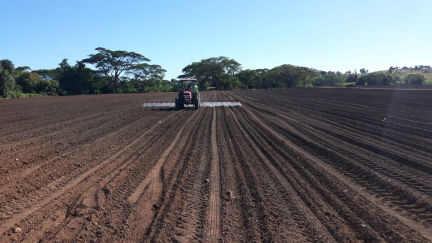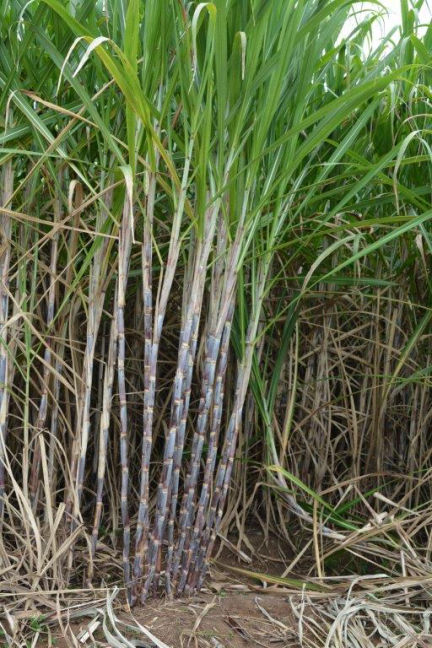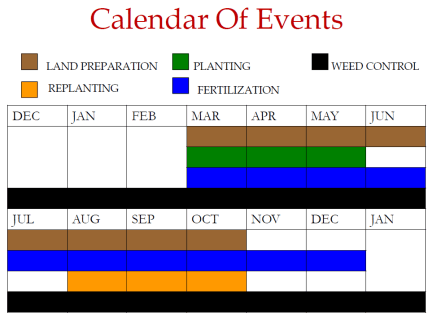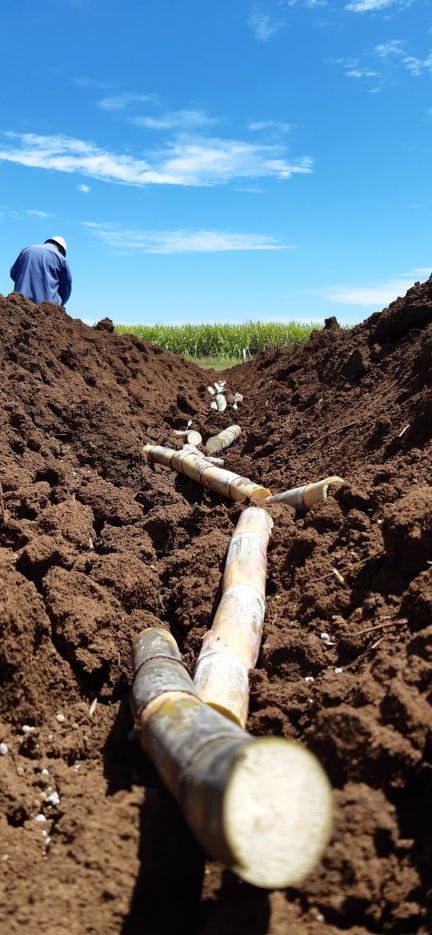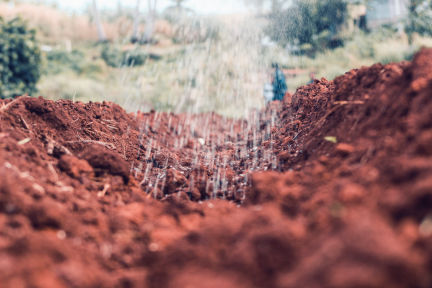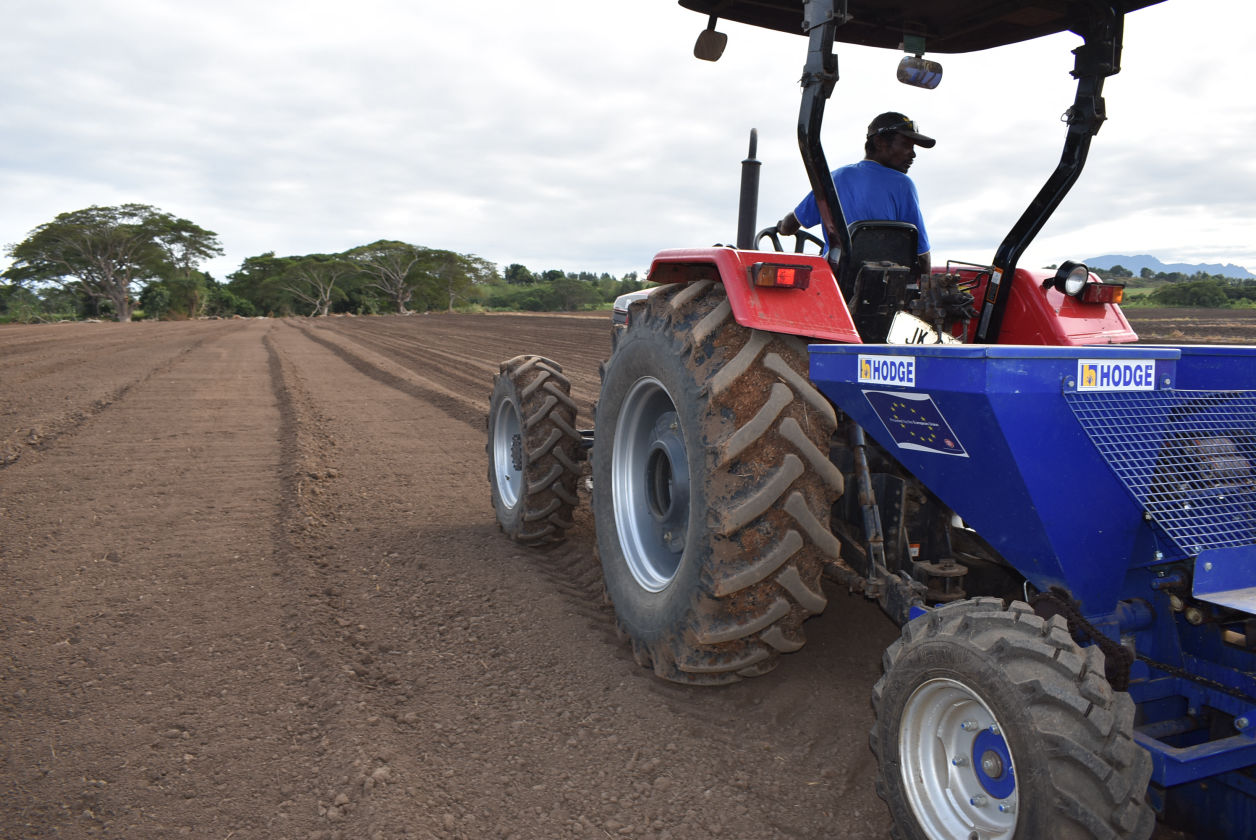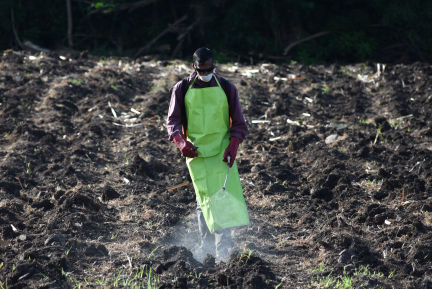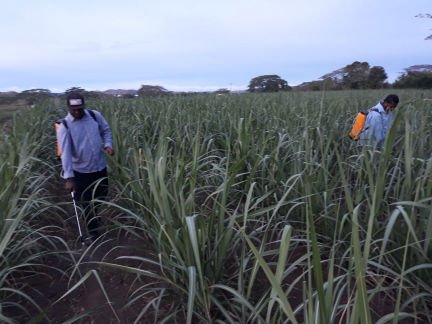VARIETIES
There are 19 commercial varieties to choose from and it can be a daunting task. The most important thing to note is what is your soil type. Speak to your sector office staff to find out or check your soil results report. You can also contact SRIF for any assistance on this matter. Your soil type determines the type of variety you can plant on it. You can also check our list of top 10 varieties in Fiji to see which one bests suits your soil type. Farmers are encouraged to plant 3 suitable varieties on their farm. You can also find the list of varieties by soil type and by sector here.
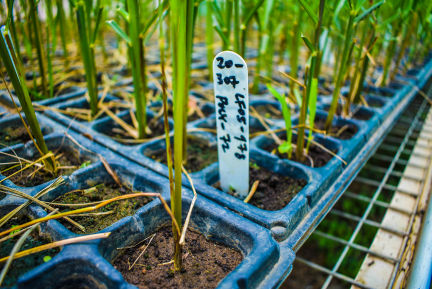
LAND PREPARATION
Land preparation varies amongst seasoned growers, but as for new farmers, land should be cleared of any big trees with careful consideration not to remove top soil. Land preparation for sugarcane farming involves a series of activities and is usually done well in advance. The most basic concept of land preparation involves 2 ploughing and 2 harrowing or clod breaking with 3 weeks gaps between each ploughing. Typically the 1st ploughing must reach up to 15cm in depth, followed by harrowing or whatever suitable implement for breaking clods. The 2nd ploughing must reach up to a depth of 30 - 40cm followed by another round of harrowing or choice of available implement for breaking the clods.
